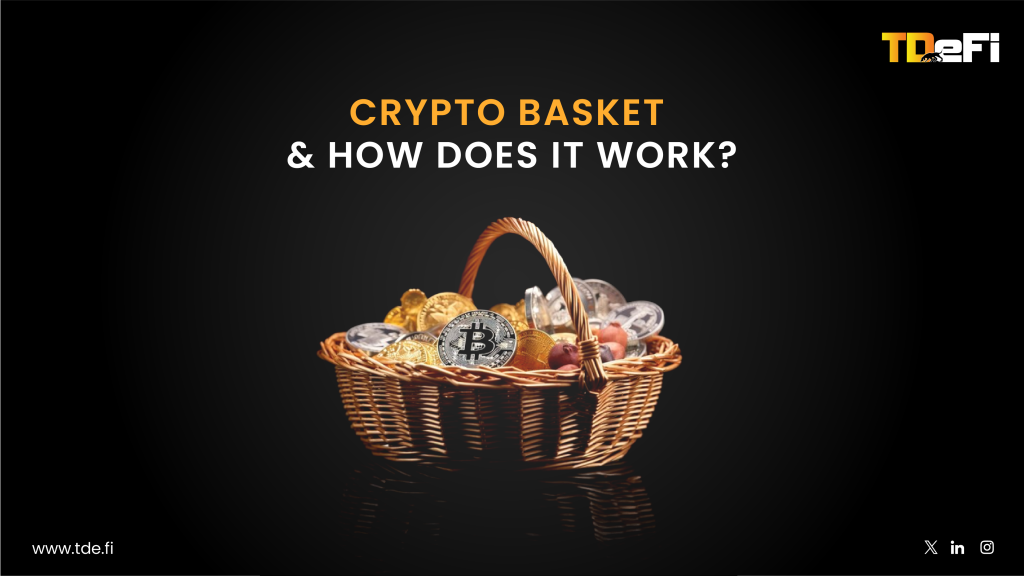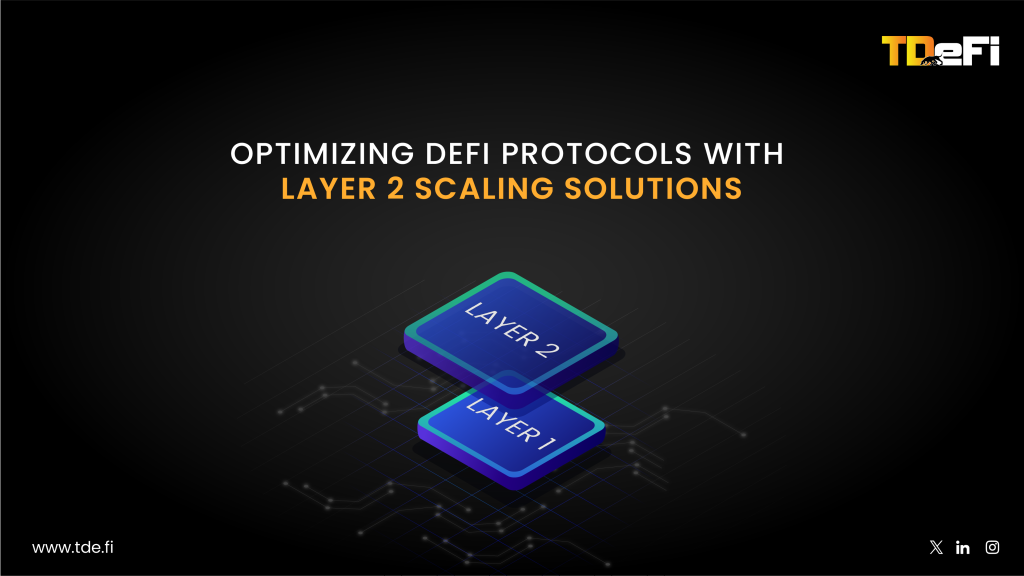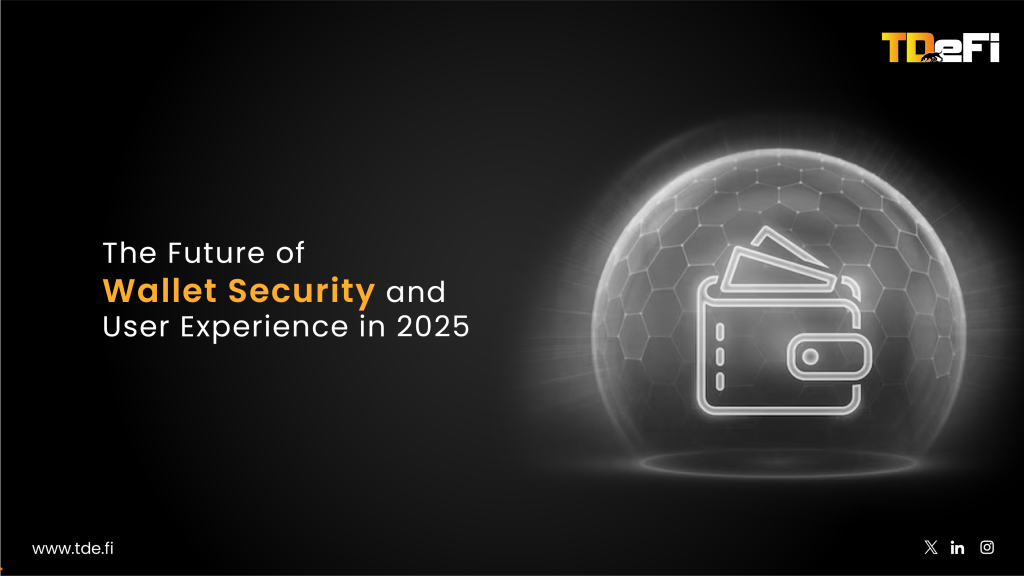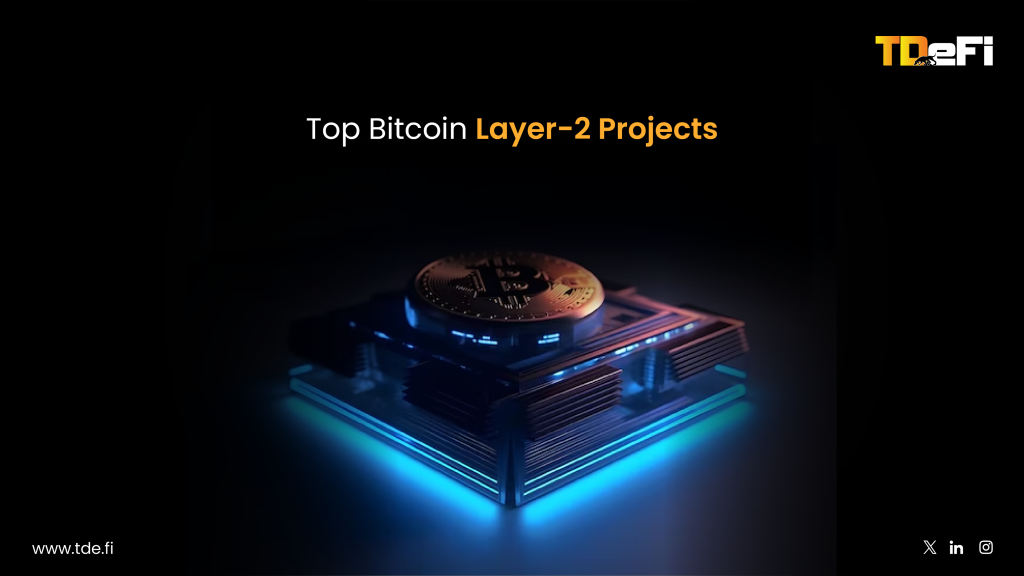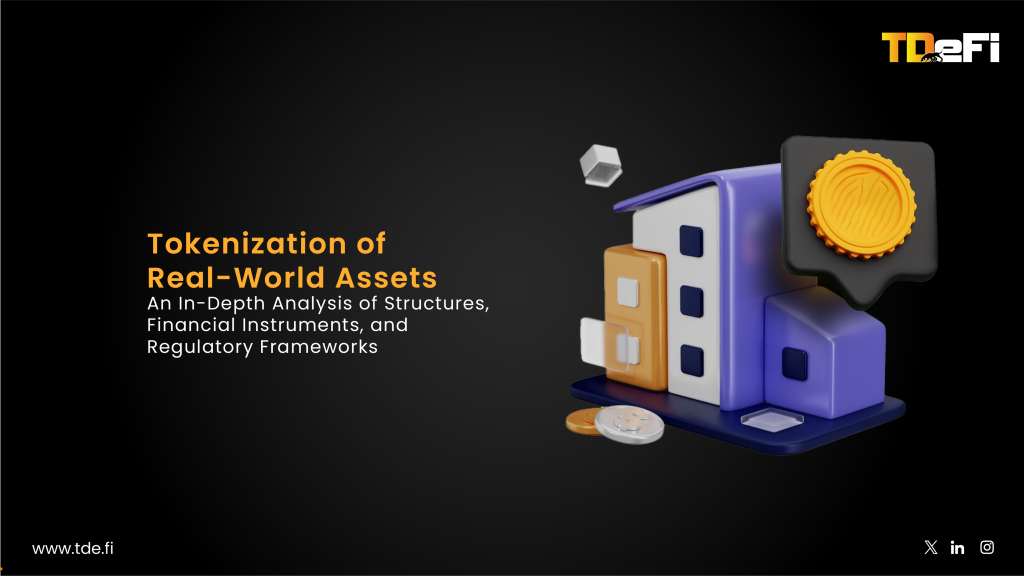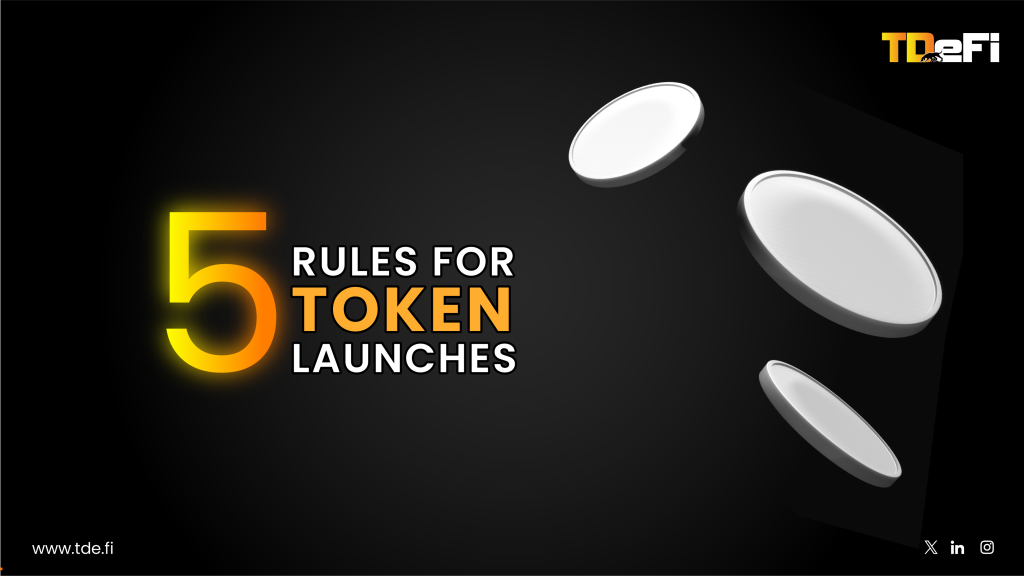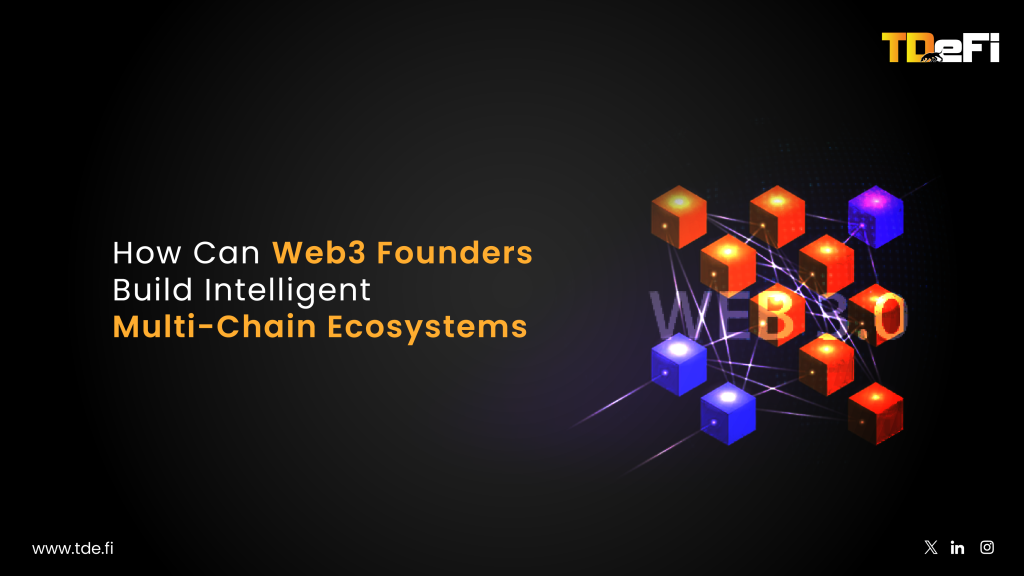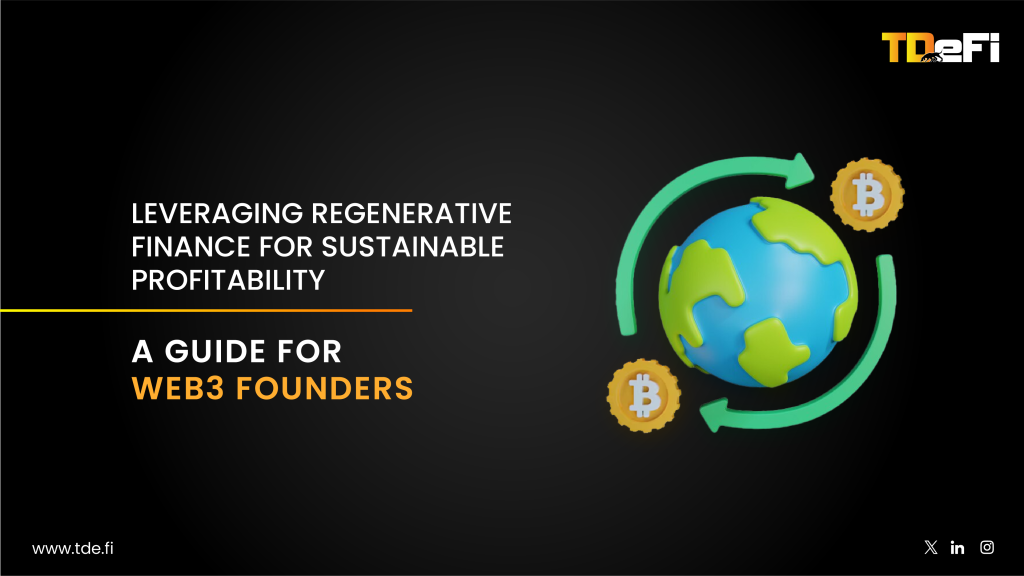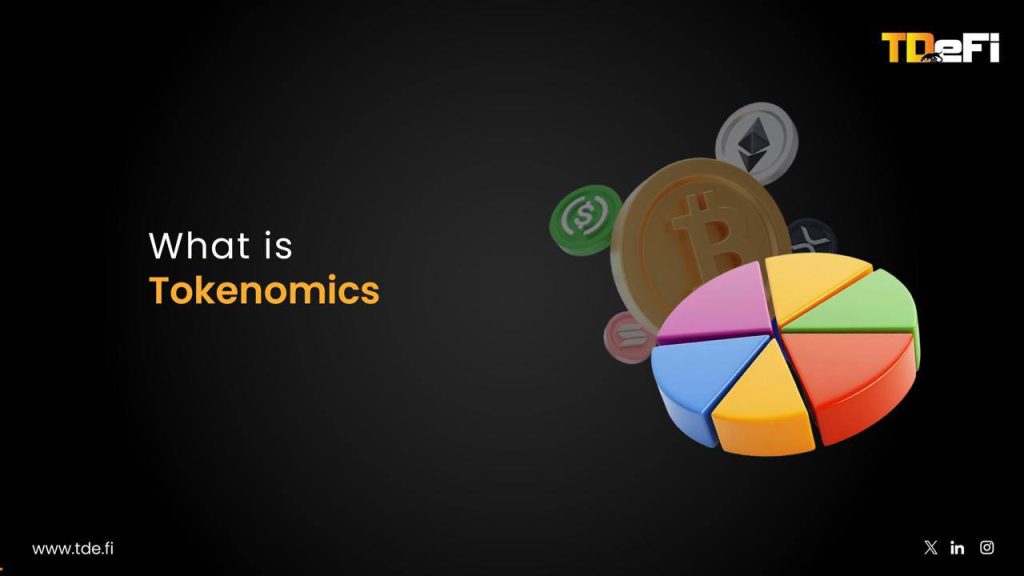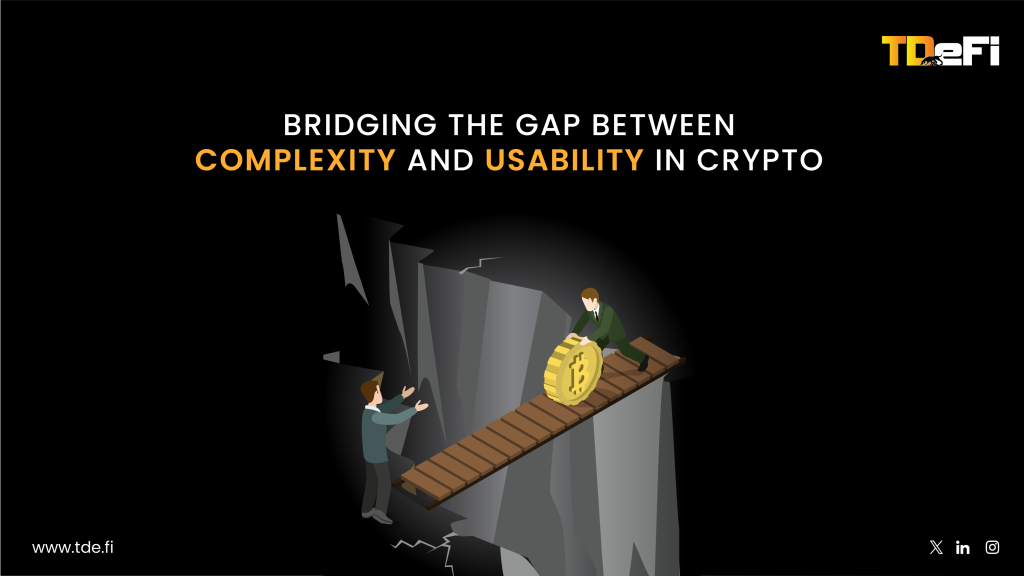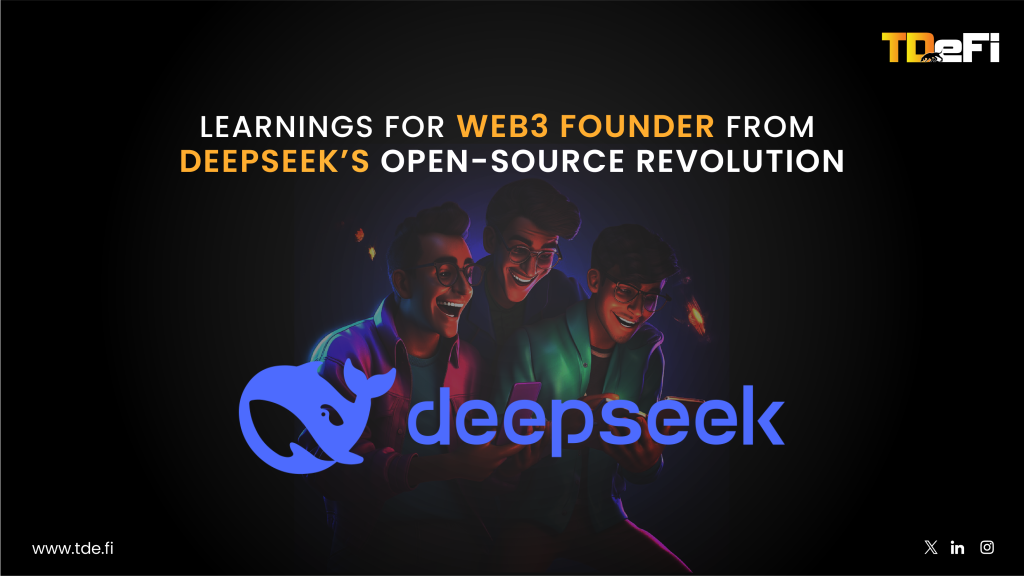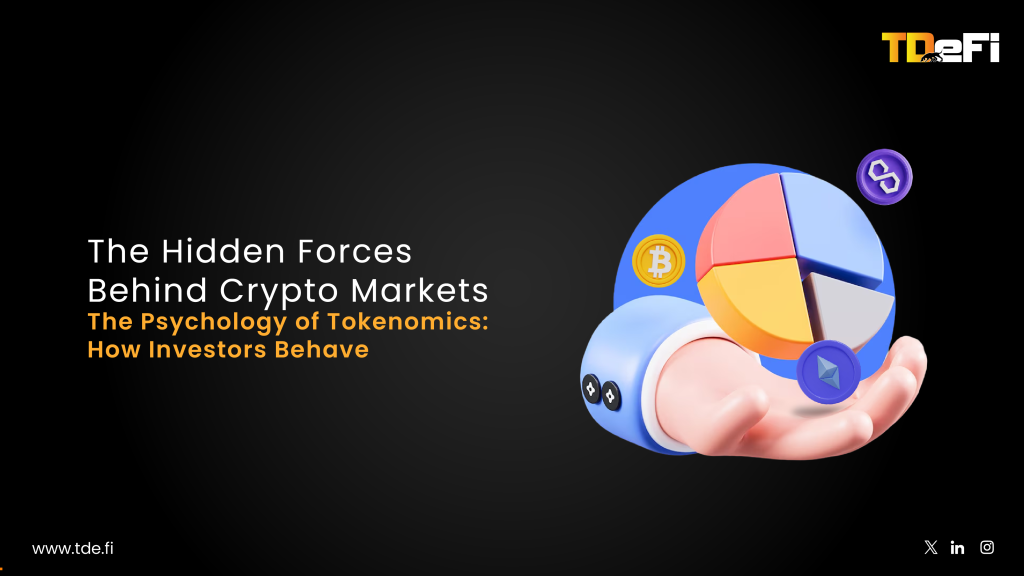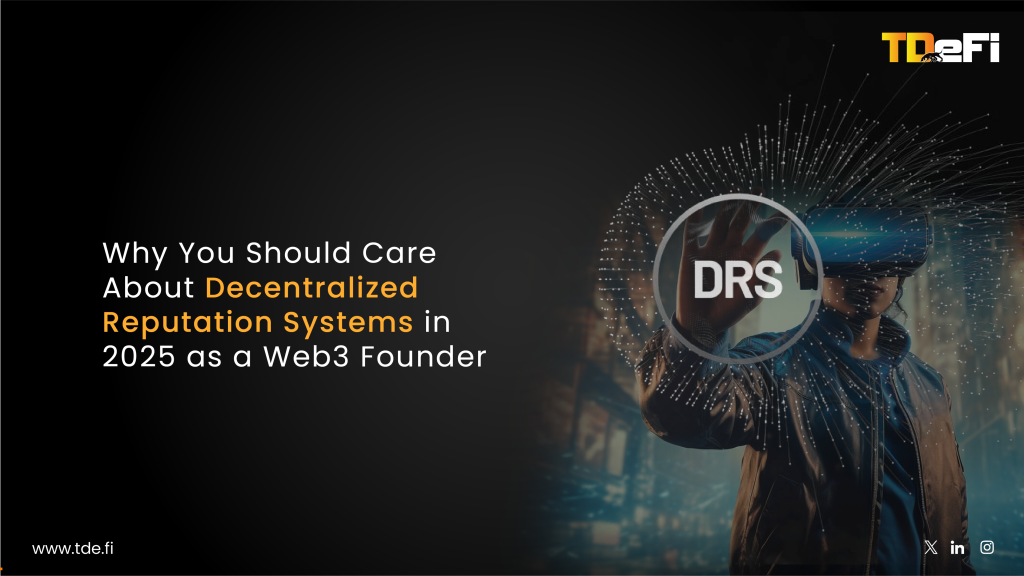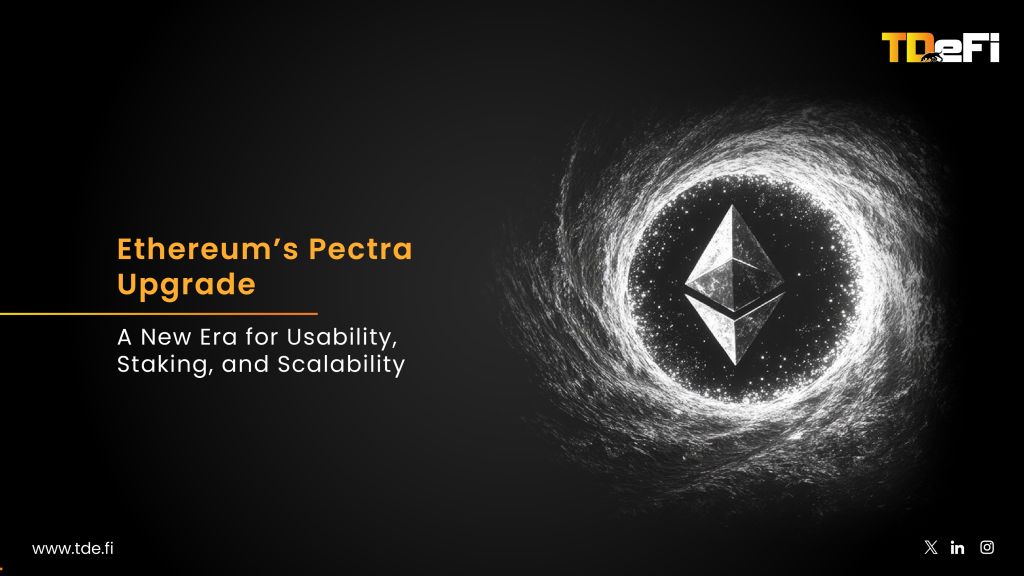TL;DR
Modular blockchains are the unbundling of the blockchain stack that founders and VCs have been waiting for. By splitting consensus, execution, data availability, and settlement into specialized layers, modular architectures unlock scalability, composability, and capital efficiency that monolithic chains simply can’t match. For founders, this means building exactly what your app needs and outsourcing the rest to best-in-class infrastructure. For VCs, it means defensible, scalable bets on the roads of the next internet, where every new app, chain, or protocol is a customer. This blog is about why modular blockchains are not just a technical upgrade, but a strategic shift that’s redefining where value accrues, how founders build, and why venture capital is chasing the underlying power grid, not just the apps, of the next internet.
Intro
There was a time when every protocol wanted to be the next Ethereum. You could raise a $200M round on the promise of a faster, cheaper, more decentralized monolith.
But the cracks showed early. Bloated chains, constant trade-offs between security and scalability, and founders burning capital just to compete with the next Solana or Avalanche.
By 2024, smart money started asking better questions:
Why should one chain do everything?
What if execution, consensus, and data availability could be separated and optimized?
In 2025, the best founders and sharpest investors aren’t betting on better L1s, but on modular blockchains, and building app-specific ecosystems where each layer of the chain does one thing extremely well.
What Is a Modular Blockchain, Really?
If you want to understand why modular blockchains are the new foundation for Web3, you have to start with the architecture. Traditional (monolithic) blockchains are like an all-in-one super-app. Imagine an app that tries to do everything: messaging, online shopping, video streaming, banking, and gaming, all built into a single, tightly integrated program. It works, but any update, bug fix, or new feature requires rewriting and redeploying the entire massive application, which is slow, risky, and resource-intensive.
Modular blockchains, by contrast, are more like a smartphone operating system with an app store. The core operating system handles the fundamentals (like security and data availability), but specialized apps handle specific functions. Each app (like a rollup for execution or a data availability layer) is optimized for its task, can be updated independently, and together, they offer a vast, flexible, and efficient ecosystem.
The Four Core Layers
1. Execution: Where smart contracts run and transactions are processed (e.g., rollups like Arbitrum Orbit, Polygon CDK).
2. Settlement: Where state roots are finalized and disputes are resolved (e.g., Ethereum L1).
3. Consensus: The mechanism that ensures agreement on block validity (e.g., Ethereum, Cosmos Hub).
4. Data Availability (DA): Where transaction data is stored and made accessible for verification (e.g., Celestia, Avail).
In a modular blockchain, these layers are decoupled. Builders can mix and match, optimizing for performance, cost, and control. This is the principle of separation of concerns. Just as startups stopped building their own data centers when AWS arrived, Web3 founders are now outsourcing consensus and data availability to specialized providers, focusing their energy on what makes their product unique.
Why Modular Chains Are VC Magnets
Venture capital is ultimately a bet on leverage; on the architectures that let small teams move markets, and new primitives that unlock compounding value. Modular blockchains are pure leverage.
Capital Allocation Follows Optionality: In the last 18 months, over $2.5B in venture funding has flowed into modular infrastructure projects—Celestia, Avail and more. This isn’t just hot money chasing a trend, but capital flowing to a new architecture that multiplies optionality. Instead of betting on a single chain’s roadmap, VCs can back specialized layers—execution, consensus, data availability—each with its own market, upgrade path, and revenue model.
Marketplaces at Every Layer: When you decouple the stack, you create competitive marketplaces for each function. The best execution environment, the fastest data layer, the most secure consensus—all can be swapped, upgraded, or replaced. This drives relentless innovation and ensures that founders aren’t locked into a legacy stack. For VCs, this means more shots on goal, less systemic risk, and the ability to back platforms that can become ecosystems in their own right.
Proof in the Numbers: Celestia’s $155M, Avail’s $75M, Monad’s $225M, Berachain’s $100M+—these are signals that the sharpest capital is moving to where the architecture is most dynamic, and where value can compound across layers.
Why Founders and VCs Can’t Ignore Modularity
1. Unparalleled Flexibility and Speed of Iteration
For Founders: Modular blockchains let you choose the best execution, consensus, and data availability layers for your specific use case. No more waiting on upstream protocol upgrades or being handcuffed by a single ecosystem’s bottlenecks. You can launch, iterate, and pivot at the speed of your team’s ambition, not at the pace of a monolithic chain’s roadmap. If an execution environment isn’t scaling with your user base, you can swap it out—without a full migration or risking your core business logic. This is the closest Web3 has come to the ‘move fast and break things’ ethos of early internet startups.
For VCs: This flexibility means startups can reach product-market fit faster and with less capital at risk. You’re not forced to back winner-take-all platforms. Instead, you can invest in specialized teams across the stack, knowing they can adapt and plug into a broader ecosystem. The modular approach also means your portfolio companies are less likely to be blindsided by protocol-level failures or governance deadlocks—they can pivot, upgrade, or even fork layers as needed, preserving both value and velocity.
2. Composability and Ecosystem Synergy
For Founders: Modularity isn’t just about technical elegance—it’s about building products that can plug into a universe of other protocols, assets, and user bases. Your dApp can natively interoperate with liquidity pools, identity layers, oracles, and even other appchains, unlocking new business models and user experiences. This is composability at the infrastructure level: you’re not just building an app, you’re building a node in a fast-evolving network economy.
For VCs: Composability multiplies the value of every investment. When portfolio projects can interoperate, share liquidity, or leverage each other’s users, you get network effects that are greater than the sum of their parts. You’re not just betting on isolated winners—you’re seeding an ecosystem where value can flow and compound across layers, increasing the upside and resilience of your capital.
3. Risk Mitigation and Security by Design
For Founders: In a modular stack, a bug or exploit in one layer doesn’t necessarily compromise your entire application. You can isolate risk, upgrade modules independently, and adopt best-in-class security practices at every layer. This modular isolation means you can move faster without living in constant fear of catastrophic, system-wide failures.
For VCs: Risk is no longer binary. Instead of being exposed to the “all or nothing” risk of a monolithic chain, your investments are distributed across a mesh of specialized, auditable components. This reduces systemic risk and increases your ability to underwrite and price the real sources of technical and market risk in the ecosystem.
4. Capital Efficiency and Value Capture
For Founders: Shared infrastructure means you don’t have to bootstrap everything yourself. You can tap into existing consensus, data, and security layers, dramatically reducing your initial costs and ongoing operational overhead. This frees up resources to focus on user growth, product innovation, and market expansion.
For VCs Capital efficiency means your dollars go further. Startups can launch with less capital, iterate more, and reach scale faster. As modular primitives become the backbone of the next Web3 wave, the value capture shifts from legacy protocols to the new rails—giving you a front-row seat to the next compounding opportunity.
Modular Success Stories
The modular thesis is already being validated by the market’s most ambitious teams and sharpest capital.
- Celestia has become the launchpad for a new generation of appchains and rollups. By making data availability a public good, it has lowered the barrier for new projects and enabled teams like Dymension to spin up RollApps that would have been unthinkable on monolithic stacks. This is AWS-level leverage for Web3, where infrastructure fades into the background, and founders focus on product, not plumbing.
- Avail is quietly solving the ‘liquidity fragmentation’ problem that’s haunted DeFi since 2020. By making data availability a shared resource, Avail is turning cross-chain composability from a buzzword into a lived reality. That’s why they’ve landed partnerships with rollup teams across the globe, enabling a mesh of interoperable, sovereign chains.
Closing Thought
The story of technology is always written by those who recognize the architecture shift before it becomes obvious. Modular blockchains are a philosophical reset. They ask us to imagine a world where builders are liberated from legacy constraints, where innovation compounds across open interfaces, and where value flows to those who create.
If you’re a founder, the modular era is your invitation to design without compromise. If you’re an investor, it’s a chance to strengthen the roads to tomorrow’s digital economy. The next decade of Web3 will belong to those who build and bet on flexibility, composability, and relentless iteration.
The modular revolution is reshaping Web3’s architecture and economics. Whether you’re evaluating protocol-level investments, designing tokenomics for scalability, or seeking strategic guidance on modular stack integration, TDeFi’s expertise can help you maneuver this swiftly evolving arena. Explore our resources and insights at TDeFi and position yourself at the forefront of Web3’s modular future.


